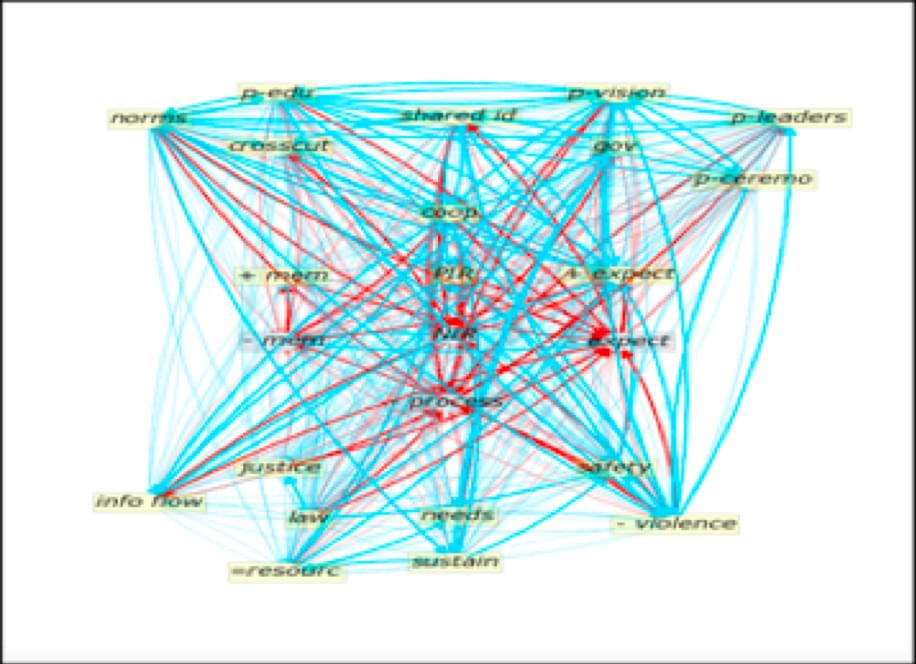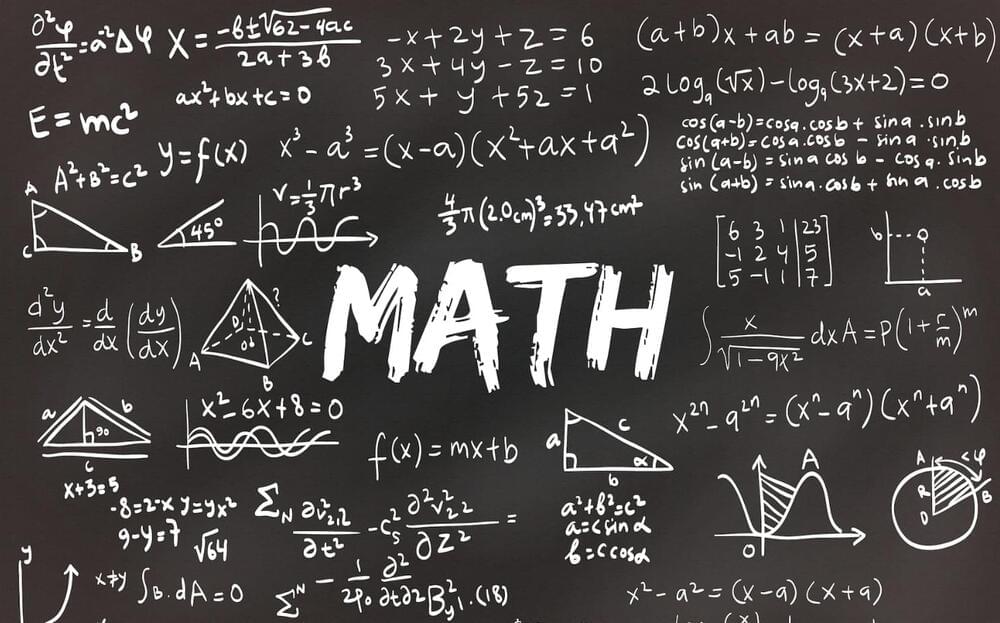Circa 2020 face_with_colon_three
For the Sustaining Peace Project, astrophysicist Larry Liebovitch created a mathematical model to calculate whether a society is moving toward or away from peace.


“Neutron stars apparently behave a bit like chocolate pralines”.
Neutron stars were first discovered more than 60 years ago, but very little is known about the interior of neutron stars, the incredibly compact cores of dead stars.
According to their findings, a press statement reveals, they bear a surprising resemblance to chocolate pralines.
Sakkmesterke/iStock.
Now, a team of physicists from Goethe University in Frankfurt has developed mathematical models that may help to uncover the interior of the mysterious star types.

Are we soon going to be traveling enormous distances via wormholes?
A team of scientists from the University of Sofia in Bulgaria believes they have discovered a new method for detecting wormholes — though they still only exist in theory.
Wormholes are theorized shortcuts through space and time. Sci-fi depictions traditionally show a spacecraft traveling through a wormhole, or creating one, to traverse immense distances to far-off regions of the universe in a short amount of time.
The issue is that black holes and wormholes look very similar, and we have barely developed the technology required to directly observe the former. Now, a team of scientists believes its mathematical model can help to tell the two apart, a report from New Scientist reveals.
Last year, MIT developed an AI/ML algorithm capable of learning and adapting to new information while on the job, not just during its initial training phase. These “liquid” neural networks (in the Bruce Lee sense) literally play 4D chess — their models requiring time-series data to operate — which makes them ideal for use in time-sensitive tasks like pacemaker monitoring, weather forecasting, investment forecasting, or autonomous vehicle navigation. But, the problem is that data throughput has become a bottleneck, and scaling these systems has become prohibitively expensive, computationally speaking.
On Tuesday, MIT researchers announced that they have devised a solution to that restriction, not by widening the data pipeline but by solving a differential equation that has stumped mathematicians since 1907. Specifically, the team solved, “the differential equation behind the interaction of two neurons through synapses… to unlock a new type of fast and efficient artificial intelligence algorithms.”
“The new machine learning models we call ‘CfC’s’ [closed-form Continuous-time] replace the differential equation defining the computation of the neuron with a closed form approximation, preserving the beautiful properties of liquid networks without the need for numerical integration,” MIT professor and CSAIL Director Daniela Rus said in a Tuesday press statement. “CfC models are causal, compact, explainable, and efficient to train and predict. They open the way to trustworthy machine learning for safety-critical applications.”

A new kind of black hole analog could tell us a thing or two about an elusive radiation theoretically emitted by the real thing.
Using a chain of atoms in single-file to simulate the event horizon of a black hole, a team of physicists has observed the equivalent of what we call Hawking radiation – particles born from disturbances in the quantum fluctuations caused by the black hole’s break in spacetime.
This, they say, could help resolve the tension between two currently irreconcilable frameworks for describing the Universe: the general theory of relativity, which describes the behavior of gravity as a continuous field known as spacetime; and quantum mechanics, which describes the behavior of discrete particles using the mathematics of probability.

Circa 2011 face_with_colon_three
By Amanda Gefter.
Frank Close tells the human story of how we solved The Infinity Puzzle – once the bane of physics
INFINITY. In mathematics, it’s a curiosity. In physics, it’s a disease. It reared its head back in the 1940s, with quantum electrodynamics (QED), the theory of electromagnetism.
Start learning today with Brilliant! https://brilliant.org/upandatom.
Watch Part 2 over on Isaac Arthur’s channel.
https://www.youtube.com/channel/UCZFipeZtQM5CKUjx6grh54g.
If you’d like to know more about Boltzmann Brains, here are some informative papers:
https://arxiv.org/abs/hep-th/0208013
https://arxiv.org/abs/0704.2630
https://arxiv.org/abs/hep-th/0611271
https://arxiv.org/abs/hep-th/0611043
https://arxiv.org/abs/1708.00449
https://arxiv.org/abs/1702.
Hi! I’m Jade. Subscribe to Up and Atom for physics, math and computer science videos!
*SUBSCRIBE TO UP AND ATOM* https://www.youtube.com/c/upandatom.

The scientific world has long acknowledged that proving mathematical theorems is an essential first step in developing artificial intelligence. To prove the truth or falsity of a conjecture, one must use symbolic thinking and sort through an unlimited number of alternatives. These tasks are beyond the capabilities of even the most sophisticated AI systems.
The state of the art in artificial intelligence today is to create machines that can “solve at once” or come up with a whole answer to a problem in a single go. However, this is not how most individuals approach difficult situations. Mathematical reasoning is significantly more challenging to formalize and measure.
Meta AI has made an important development at the intersection of artificial intelligence and mathematics. The neural theorem prover developed by the team has completed five times as many IMO problems as any other AI system before it, totaling ten. Concerning miniF2F, a popular mathematics test, the AI model outperforms the state of art by 20% and outperforms Metamath by 10%.

For more than half a century, researchers around the world have been struggling with an algorithmic problem known as “the single source shortest path problem.” The problem is essentially about how to devise a mathematical recipe that best finds the shortest route between a node and all other nodes in a network, where there may be connections with negative weights.
Sound complicated? Possibly. But in fact, this type of calculation is already used in a wide range of the apps and technologies that we depend upon for finding our ways around—as Google Maps guides us across landscapes and through cities, for example.
Now, researchers from the University of Copenhagen’s Department of Computer Science have succeeded in solving the single source shortest path problem, a riddle that has stumped researchers and experts for decades.